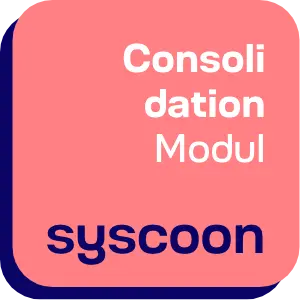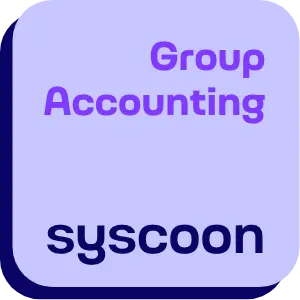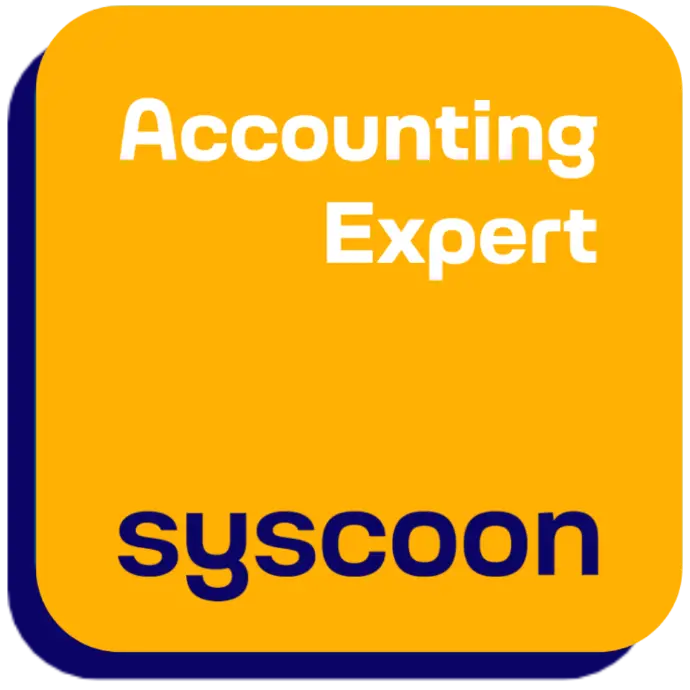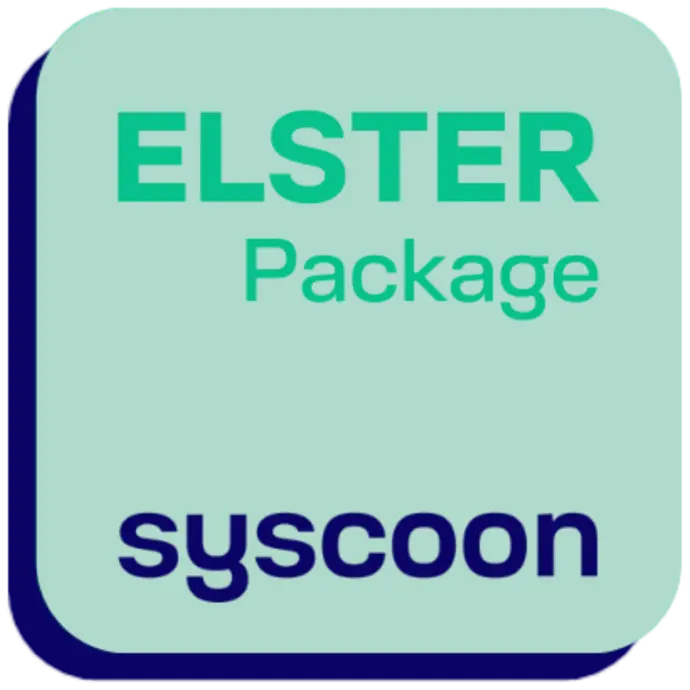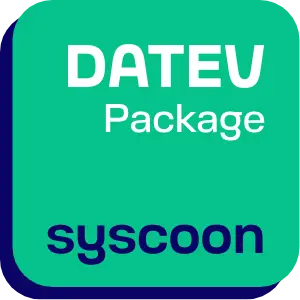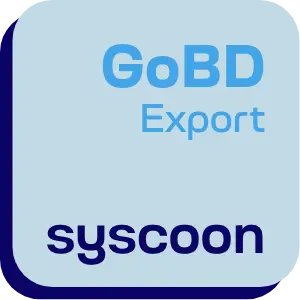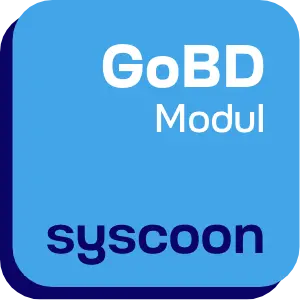Efficient solutions for your accounting requirements
Comprehensive upgrades for your Odoo accounting

Home / syscoon modules / Accounting Features +plus
More possibilities for your Odoo accounting
syscoon Accounting Features +plus
Our Accounting Features +plus - simplify your Odoo accounting with extensive new application options and extend the Odoo standard with important basic functions.
Included functions
The individual functions of the “Accounting Features +plus” package are available as individual modules.
Multiledger
allows parallel posting in several valuation areas such as HGB, IFRS, StGB
Automatic accruals and deferrals
for the total cost method
in the absence of
an invoice or delivery
syscoon Asset Accounting
(completely independent subledger, fully integrated with general ledger, multileger-capable, flexible in transaction types)
Mandatory field cost center
(depending on account)
Inventory
change
batch
for stock valuation
(for manual valuation)
Documents - Partner enrichment
interface to the Odoo App “Documents”
Bill of exchange accounts
(reclassification posting and
reversal of the same, definition
of account groups)
Provisions for ancillary
acquisition costs
Incidental acquisition costs for
manual valuation
*depending on Odoo version - we are happy to advise you
Technical details
Technical details and configurations are available for download in this data sheet:
Download (DE)
"Technical Data Sheet - Accounting Features +plus" Download (EN)
"Technical Data Sheet - Accounting Features +plus"
More syscoon modules
ERP Consulting
Customised ERP consulting for future-oriented companies: With our expertise, we take your business processes to the next level.
You want more?
Apps & Customization
Tailor-made solutions for your business processes: Our modules and packages are designed to optimize your business processes.
Start your digital transformation today!
Discover the advantages of syscoon X Odoo:
customized ERP solutions,
that make your processes more efficient and your growth more sustainable.


